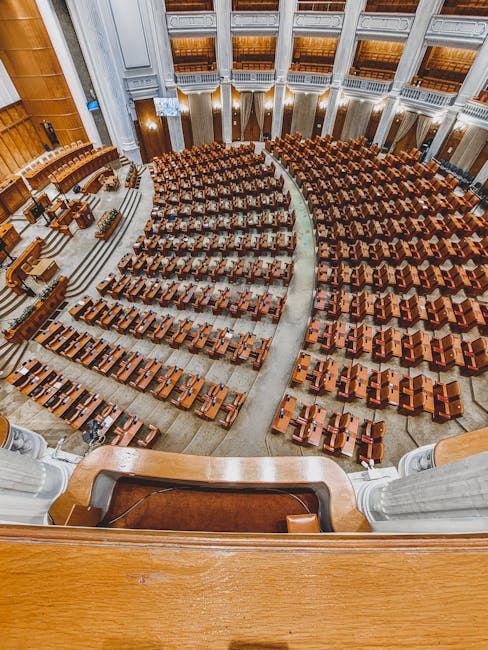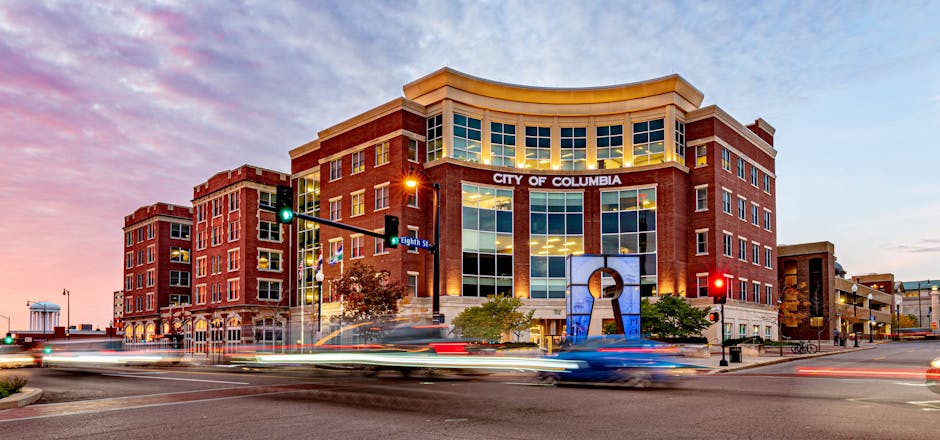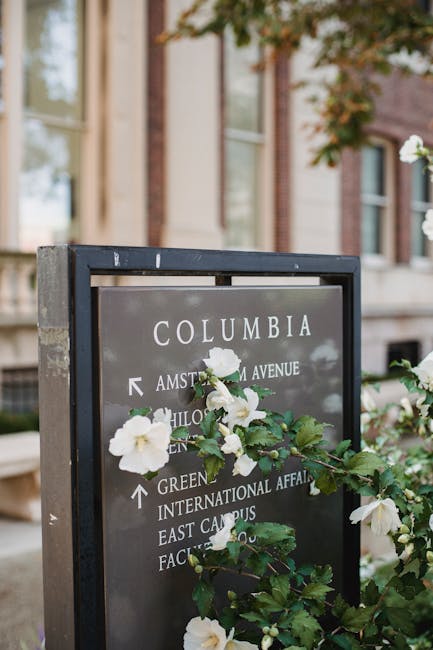Leading Columbia University: A Deep Dive into the Role of its President
Columbia University, a prestigious Ivy League institution, boasts a rich history and a significant global impact. At the helm of this academic powerhouse is the University President, a figurehead responsible for overseeing its multifaceted operations and charting its future course. This role demands exceptional leadership, strategic vision, and a deep understanding of higher education’s complex landscape. This article explores the multifaceted responsibilities, challenges, and historical context surrounding the position of Columbia University President.

The President’s Responsibilities: A Multifaceted Role
The President of Columbia University isn’t merely a figurehead; they are the chief executive officer, responsible for the overall management and strategic direction of the university. This encompasses a broad range of duties, including:
- Academic Leadership: Setting the academic vision, fostering a culture of excellence in research and teaching, and ensuring the quality of academic programs across all schools and departments.
- Financial Stewardship: Overseeing the university’s substantial endowment and budget, managing financial resources responsibly, and securing funding for future initiatives.
- Faculty and Staff Relations: Building strong relationships with faculty, staff, and administrative personnel, fostering a positive and productive work environment, and advocating for their needs.
- Student Affairs: Ensuring a supportive and enriching student experience, promoting student well-being, and fostering a diverse and inclusive campus climate.
- Fundraising and Development: Leading fundraising efforts, securing philanthropic donations, and building relationships with alumni and donors to support the university’s mission.
- External Relations: Representing Columbia University to the public, government agencies, and other institutions, fostering partnerships and collaborations, and enhancing the university’s reputation.
- Strategic Planning: Developing and implementing long-term strategic plans that align with the university’s mission and goals, addressing emerging challenges and opportunities in higher education.
- Diversity and Inclusion: Championing diversity, equity, and inclusion across all aspects of the university, fostering a welcoming and inclusive environment for students, faculty, and staff from all backgrounds.
Navigating the Challenges: Leading in a Complex Environment
The position of Columbia University President is not without its challenges. The individual in this role must navigate a complex environment characterized by:
- Financial Pressures: Managing a large and complex budget, balancing competing priorities, and securing funding in an increasingly competitive environment.
- Political Landscape: Addressing political issues affecting higher education, navigating public opinion, and responding to external pressures.
- Academic Debates: Managing internal academic debates, fostering intellectual discourse, and ensuring academic freedom within a structured environment.
- Technological Advancements: Adapting to rapid technological advancements, integrating technology into teaching and research, and preparing students for the future workforce.
- Social Justice Issues: Addressing social justice issues, fostering a culture of inclusivity and equity, and promoting social responsibility within the university community.
- Alumni Relations: Maintaining strong relationships with a vast and diverse alumni network, fostering alumni engagement, and securing alumni support for university initiatives.
A Historical Perspective: Examining Past Presidents’ Impact
The impact of Columbia University’s presidents throughout history has been significant, shaping the institution’s trajectory and influencing its role in the wider world. Each president has brought unique perspectives and priorities, leaving their mark on the university’s evolution. Studying their leadership styles and accomplishments provides valuable insights into the complexities of the role.
Key Figures and Their Contributions
A detailed analysis of past presidents’ tenures, highlighting their key achievements and challenges, would offer a comprehensive understanding of the evolving role. This would include examining the impact of their leadership on areas such as academic innovation, campus expansion, fundraising success, and responses to significant societal events. Specific examples of impactful initiatives and policies implemented by past presidents should be included here, showcasing the diverse ways this role has been shaped over time.
The Future of Columbia’s Leadership: Expectations and Trends
As higher education continues to evolve, so too does the role of the university president. Future presidents of Columbia University will need to be adaptable, innovative, and possess a deep understanding of the challenges and opportunities facing higher education in the 21st century. This includes:

- Global Engagement: Strengthening international partnerships and collaborations, fostering global perspectives within the university community.
- Technological Integration: Effectively leveraging technology to enhance teaching, research, and administrative processes.
- Sustainability Initiatives: Implementing sustainable practices across the university, promoting environmental responsibility.
- Addressing Affordability: Finding innovative ways to make higher education more affordable and accessible.
- Maintaining Academic Excellence: Sustaining Columbia’s reputation for academic excellence in a highly competitive landscape.
The selection process for the Columbia University President is rigorous, involving a thorough search and evaluation of candidates. The successful candidate will possess exceptional leadership qualities, a proven track record of success in higher education administration, and a commitment to the university’s values and mission. The search process itself is often a significant news story, reflecting the importance of this leadership position.

Conclusion: The Enduring Importance of Columbia’s President
The president of Columbia University holds a position of immense responsibility and influence. Their leadership shapes the future of one of the world’s most prestigious universities, impacting not only the lives of students and faculty but also the broader academic community and society at large. Understanding the multifaceted nature of this role, its historical context, and the challenges it presents is crucial for appreciating the critical contributions of Columbia’s presidents.

